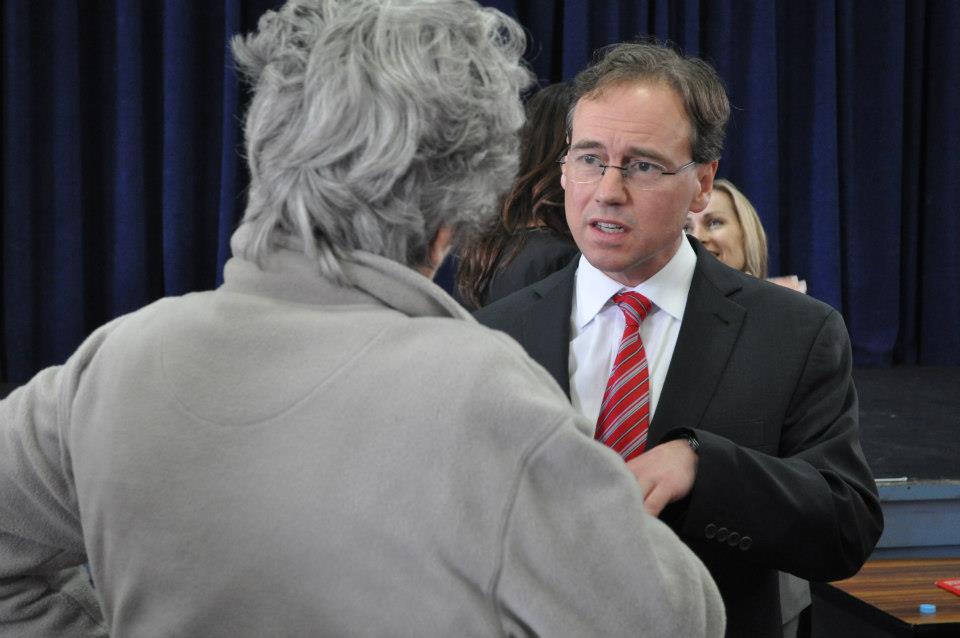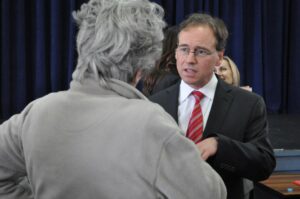No carrot or stick for air-con, refrigerant industries in Emissions Reduction Fund white paper
- PostedPublished 19 May 2014


THE Emission Reduction Fund white paper released late last month contains no easy pathways for the air-conditioning or refrigerant industries to reduce their greenhouse gas emissions in post Carbon Tax Australia.
Refrigerants Australia executive director Greg Picker told VASA eNews the kind of activity already undertaken by VASA and its members are the best way we can improve the emissions profile of refrigerants and air-conditioning in this country.
That includes ensuring air-conditioning systems and vehicles are performing optimally and advocating and practicing correct refrigerant recovery, reclamation and stewardship practices.
Given much of what VASA members do is already regulated and the fact it would be difficult to prove additional emission reductions from better practice, there is little scope for our industry to benefit from ERF incentives.
With the expected Carbon Tax repeal, at least we should no longer be punished for potential future and theoretical emissions of the high-GWP refrigerants we use every day.
Unlike the punitive Carbon Tax, the ERF provides companies with the opportunity to bid for taxpayer funds to pay for initiatives that will “reduce emissions below historical business-as-usual levels,” as part of the Abbott government’s Direct Action Plan. It is expected that activities the ERF will support abatement activities in sectors like energy production, mining and land use.
In arriving at the final design of the ERF outlined in the white paper, more than 290 submissions in response to the Terms of Reference issued in October 2013 were considered plus another 340 or so responses to the green paper released in December 2013.
In simple terms, the ERF proposes a system in which companies bid in a reverse auction for payments that will help them reduce emissions, with only the lowest cost bids – also subject to a benchmark maximum price – gaining access to the fund.
The ERF will initially cover about 30 methods of cutting emissions, some of which are based on existing state and territory schemes that can be applied nationally, with more methods to be added in future.
To simplify the bidding process, keep participation costs down and help ensure the broad application of emission reductions beyond specific projects, businesses must only bid for methods covered by the ERF in a process designed to be easy and free of red tape.
Only bids that will reduce CO2 equivalent emissions by an average of more than 2000 tonnes per year over the life of the contract will be considered, excluding smaller businesses from the scheme.
This has drawn criticism from Labor and the Greens, who both said the ERF gives taxpayer dollars to big business and big polluters.
Furthermore, a safeguard mechanism of the ERF, claimed to ensure emissions reductions paid for are “not displaced by a significant rise in emissions elsewhere in the economy,” applies only to Australia’s top 130 or so polluters, which account for 52 per cent of this country’s emissions.
It looks like those among the remaining 48 per cent that are eligible to apply can receive funding and continue to increase emissions without penalty – the ERF makes upfront payments available as an incentive to participate, with the balance paid once emissions reductions have been proven.
In the white paper, the ERF was to be worth $2.55 billion over four years (up from the original $1.55b committed in the green paper) – but under the recently announced 2014 budget that $2.55b would have to last 10 years.
Some commentators raised concerns that the original four-year fund allocation showed a lack of long-term commitment, making the white paper look political rather than having any serious intent.
Acting Greens leader Adam Bandt pointed out that the ERF places no legal obligation on Australia or its biggest polluters to reduce emissions.
Opposition environment spokesperson Mark Butler agrees: “Direct Action doesn’t put a legal cap on pollution, it is unlikely to result in a reduction in emissions and will be a waste of billions of tax-payers’ dollars which is being given to big business.
The federal government believes the ERF will help Australia meet its target of reducing carbon emissions to five per cent below 2000 levels by the year 2020 in a better way than “imposing a tax that increases energy costs for businesses and households”.
Environment Minister Greg Hunt said the ERF will “achieve a cleaner environment while improving business competitiveness”.
“Rather than increasing prices and eroding Australia’s competitive advantage, the Emissions Reduction Fund’s incentive-based approach will support Australian businesses to lower their energy costs and increase their productivity, while at the same time reducing Australia’s emissions.”
- CategoriesIn Latest News

